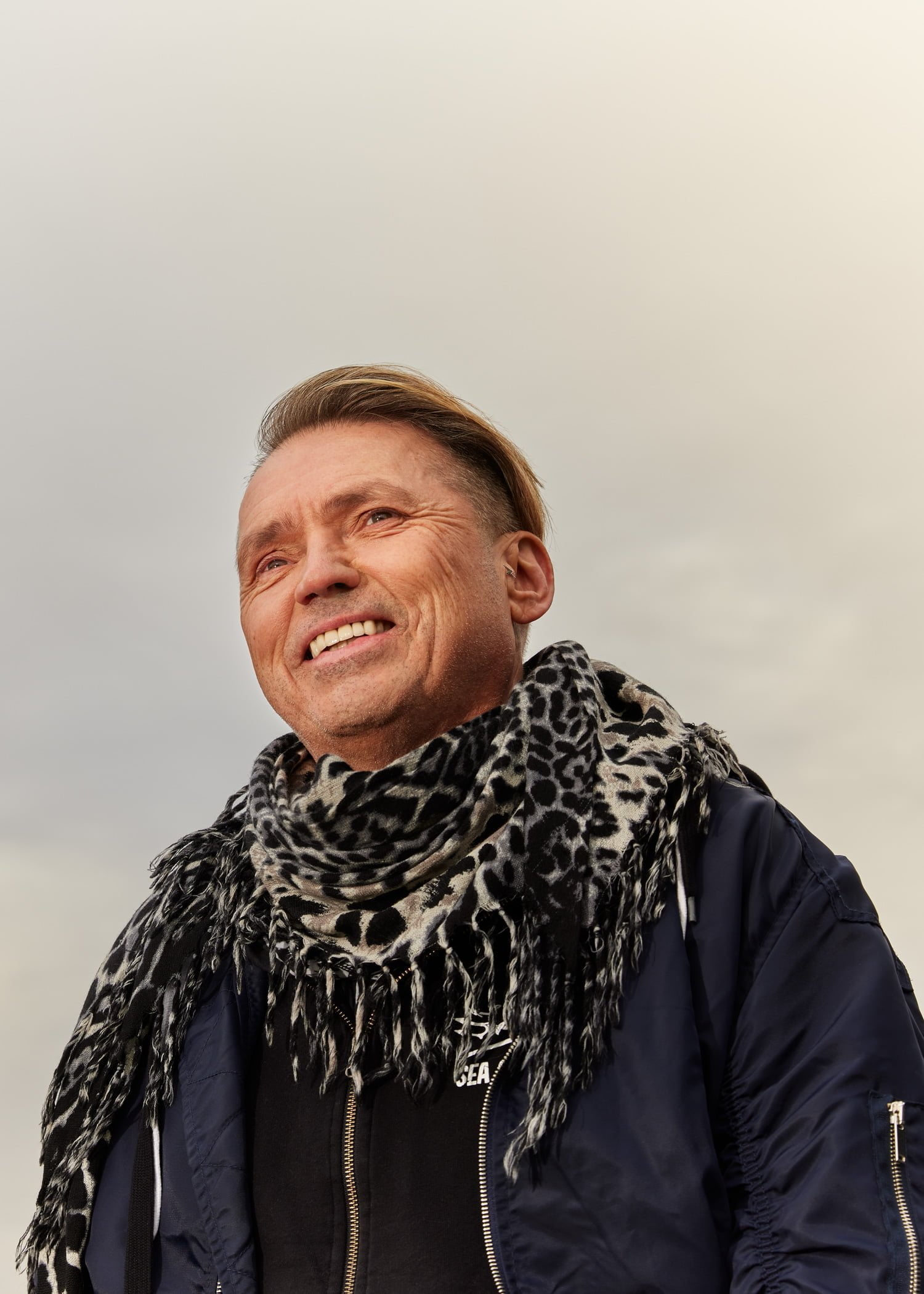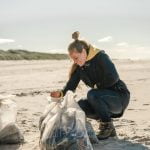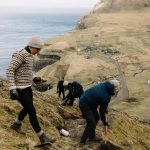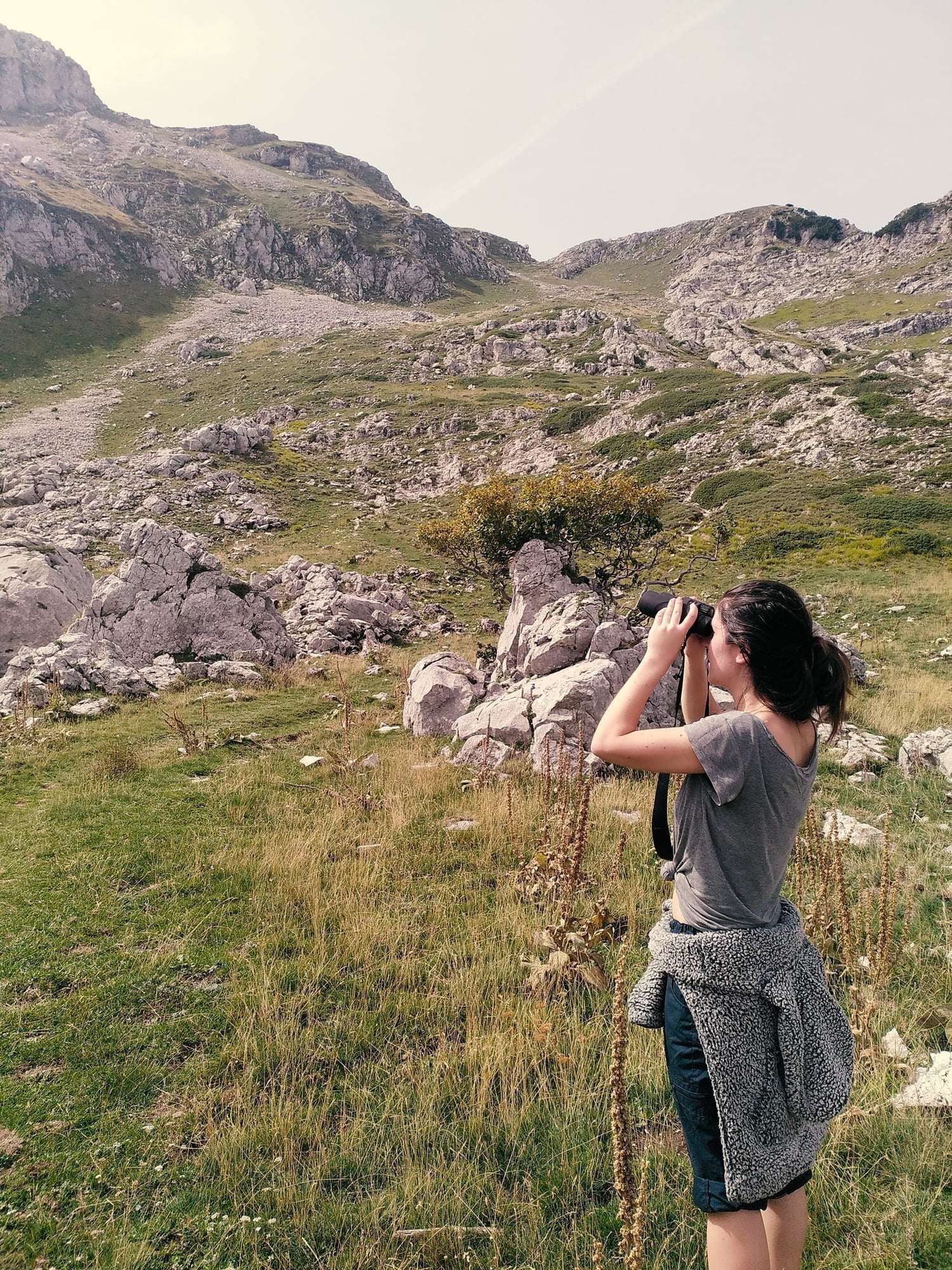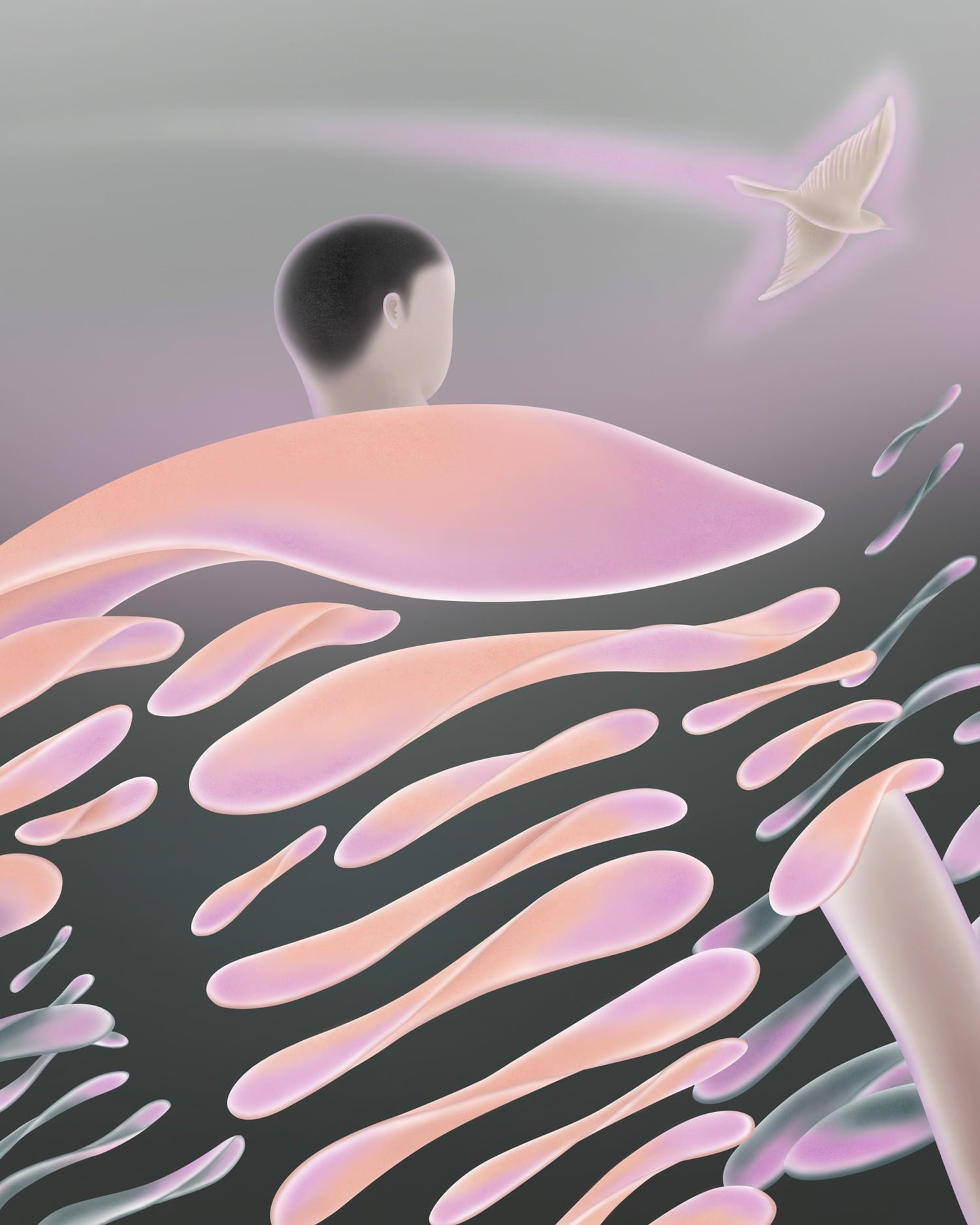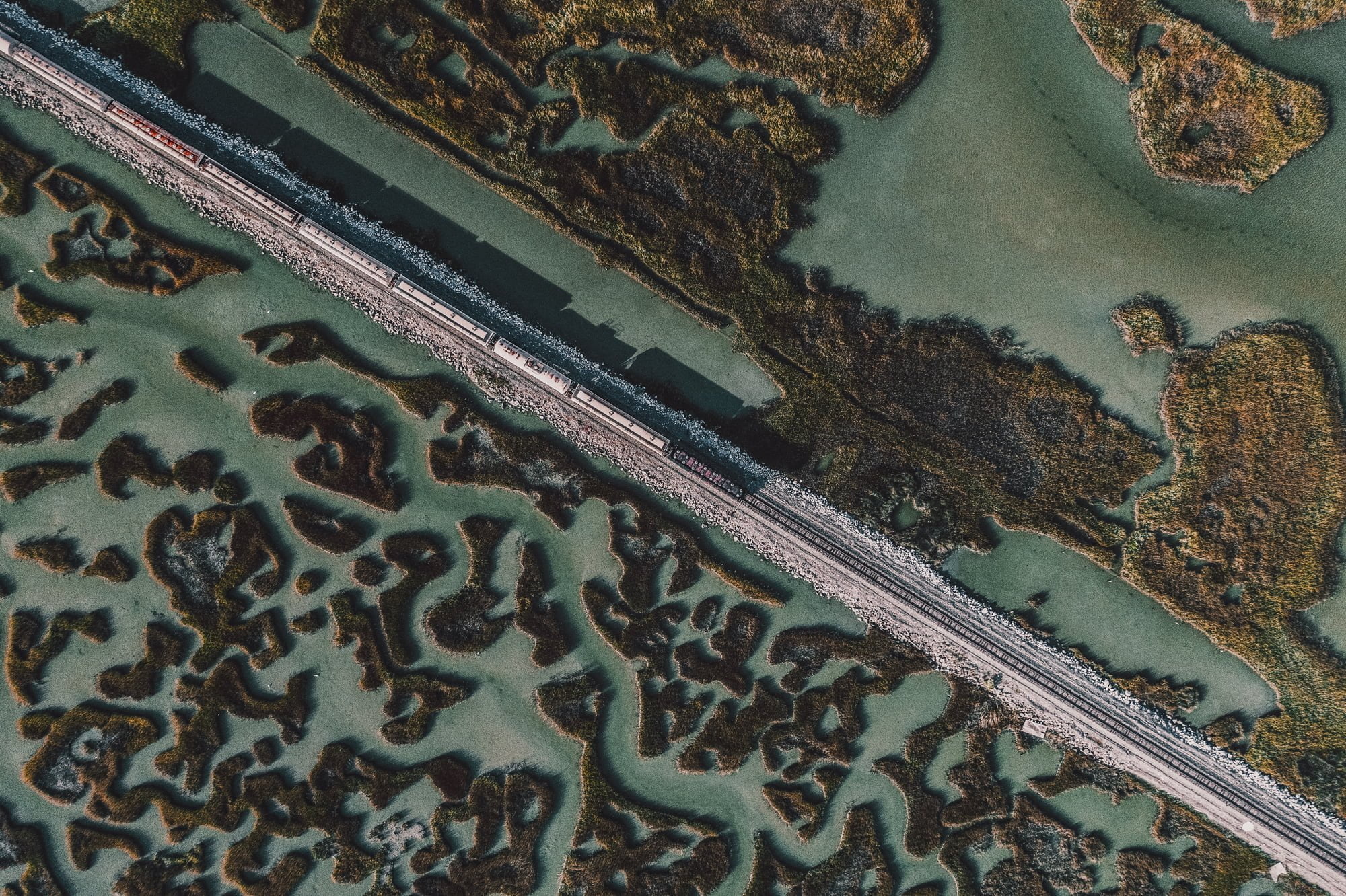By innovating with bio-based materials, WNDR Alpine wants to get pollutants out of the production of ski gear.
There are no mountains in Peoria, Illinois and there certainly isn’t much snow. And yet, there are skis and snowboards currently being made in an old coal storage facility west of Utah’s fabled Wasatch Mountains that owe their origin to the former midwest port town. Specifically, it was there along the banks of the Illinois River, in the very same city where a moldy old cantaloupe famously gave rise to the commercial production of penicillin during World War II, that a certain type of previously undiscovered algae was first found growing in an anonymous crack in the concrete. Such is the curious twist of fate at the heart of WNDR Alpine.
The first Certified B Corp in the ski-making world, WNDR is among the most environmentally hopeful things happening in the United States’ outdoor industry right now. Based in Salt Lake City, WNDR is aiming to remove petroleum-based products and materials from the ski and snowboard manufacturing process. Even better, they are actually making progress, with skis and snowboards that are currently comprised of nearly 50% bio-based materials, and a new technical clothing line that uses an all-natural microalgae treatment for water resistance, rather than the industry norm of using perfluorinated chemicals (commonly known as PFCs) as a water repellent, a practice which has been shown to leave a toxic, potentially hormone-disrupting legacy both in nature and in the human body.

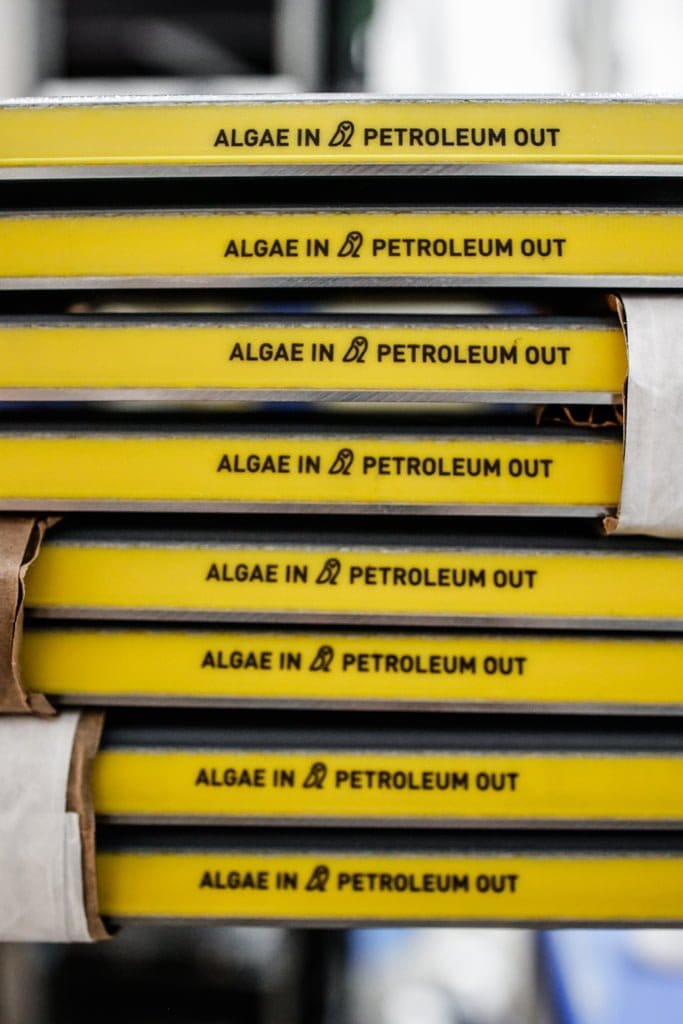
Instead of petroleum-based materials, the edges of WNDR’s skis and snowboards are made with microalgae.
Not just greener, but better
“We aren’t perfect. We still have quite a ways to go. But we are iteratively integrating more and more bio-based materials in our skis and snowboards.” explains Xan Marshland, WNDR’s head of brand development, “Currently, we use algae oil for our sidewalls [the side surfaces of skis and boards] and our cores…If something is made out of polyurethane or uses polyurethane in its construction, we can likely make it as good or even better using microalgae.”
WNDR Alpine is the brainchild of famed ski-maker Matt Sterbenz and a pair of outdoor-loving, microalgae evangelists, Charles Dimmner and Scott Franklin. The latter two are the co-founders of a California-based materials company called Checkerspot, created in 2016 to lead the charge in using oils derived from algae instead of petroleum-sourced polymers to create a wide range of high-performing products. Coming from the biofuels industry and having successfully run a jet plane on a fuel made from algae, the Checkerspot team had firsthand knowledge of just how potent a material algae can be. When refined via a fermentation process, algae oils have the ability to be modified to optimise flexibility and strength, depending on the desired end-use of the product.
Support Imagine5
We’re able to tell stories like this because of people like you. Join others from around the world in supporting Imagine5’s mission towards a sustainable future. Join today and receive our latest magazine for free.
But Checkerspot needed an eye-catching way to introduce their materials capabilities to the wider world. Enter Sterbenz. A former pro skier, his first company, 4FRNT Skis, shook up the industry’s landscape early in the 2000s with their high performance, free skiing-focused designs. Sterbenz, having since parted ways with the brand he founded, was all too familiar with the pollution paradox at the foundation of the ski industry: planet-damning materials used to pursue fun in the very environment that the materials work to destroy. In Checkerspot, he saw a glimpse of a better future. And so, after a few years of development in which a variety of different algae were explored as a potential source material before settling on the aforementioned strain found once upon a time in Illinois, WNDR Alpine was born in the summer of 2019.
Of course, with any “new” product making claims of environmental superiority, the risk of greenwashing is real. To be clear, WNDR has room to improve. A small amount of polyurethane and assorted other petrochemicals are still used in the construction of both their ski and snowboard lines. That being said, when you take the full measure of their ongoing materials innovation and the fact that it is all happening in a production facility 100% powered by renewable energy (they call it their “molecular foundry”), you see an overarching effort that is charting a new path for the industry.
Even when the eco-groovy resume of a product actually checks out, the real world performance of said product often winds up being compromised in some way. But the reception of WNDR’s gear in the marketplace suggests it has largely avoided these pitfalls. Their first run of skis sold out that first season. And, in the three years since, they have consistently been recognised by industry experts and consumers alike for both their sustainability efforts as well as the pure, on-snow performance of their skis and snowboards. In 2021 they won an award for innovation and sustainability at the world’s biggest outdoor gear show in Germany. In 2023 they won another from the biggest show in the United States. The jury at the German event said WNDR’s innovation “completely changes the narrative around the performance of sustainable products”.
At this point, the algae cores and sidewalls, the sustainably-sourced wood stringers, the recycled plastic mounting plates, and the non-toxic ink on the top sheets aren’t really the primary reason why someone might buy a WNDR product. You buy their skis and snowboards because they are market-priced, beautiful, well-designed instruments of fun that absolutely rip. The fact that they are built more in harmony with the planet than any other ski currently available, is the cherry on top.
“We want to share what we know with anybody willing to listen”
Xan Marshland, WNDR Alpine
Sights set on the whole ski industry
Making great gear that treads lighter on the planet is something that needs to happen with all the equipment we use to enjoy the Great Outdoors. With that in mind, there is an even bigger idea shaping things at WNDR, one that has the potential to fundamentally improve the ski industry’s toxic legacy and much more. WNDR has no interest in keeping their algae technology to themselves. In fact, they are keen to see the exact opposite happen. They want to share it with everybody. “Our real mission is the systemic adoption [of algae technology] across our industry and others,” says Marshland, adding that Checkerspot is already working with major winter sports brands, including their direct competitor DPS Skis, to grow the usage of algae oil as a plastic replacement. This comes in concert with Checkerspot having partnered with gear makers outside of snow sports to make things like skateboard wheels, water skis, and race car components.
Marshland says: “We have this material that is inherently better for the planet and better for performance but what can we, one little independent ski company, actually do? All by ourselves, we won’t move the needle. We need other companies, including our competitors, to start using this stuff. That’s our goal and that’s why we want to share what we know with anybody willing to listen.”
We’re able to tell stories like this because of people like you. Join others from around the world in supporting Imagine5’s mission towards a sustainable future. Become a member, or donate what you can. Find out more here.

